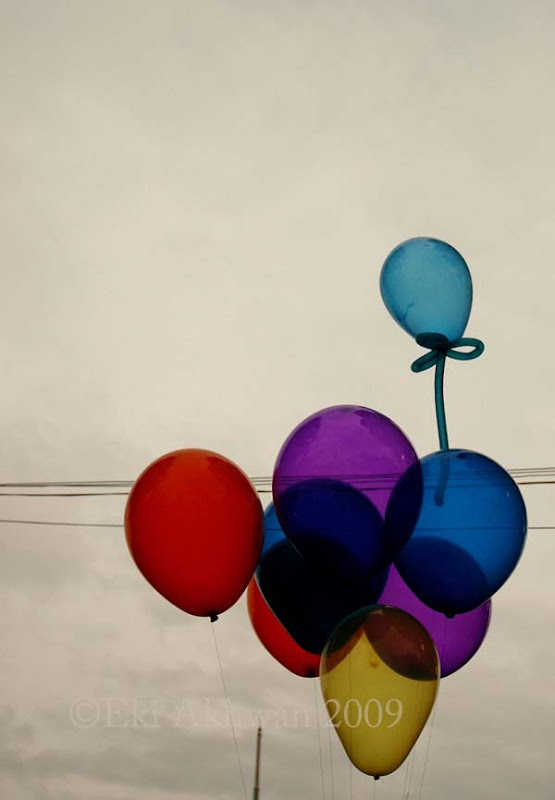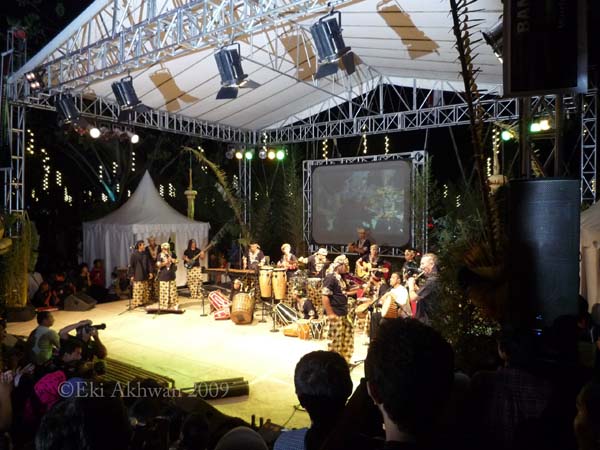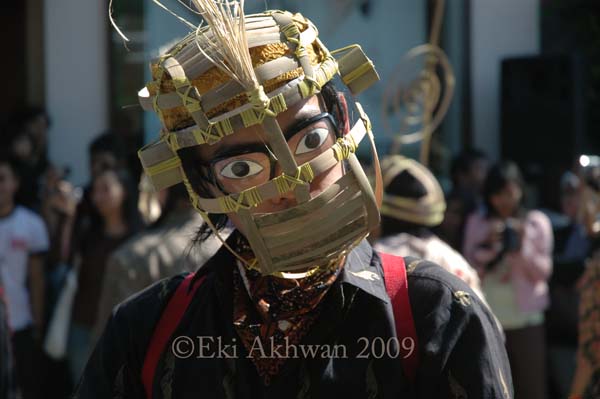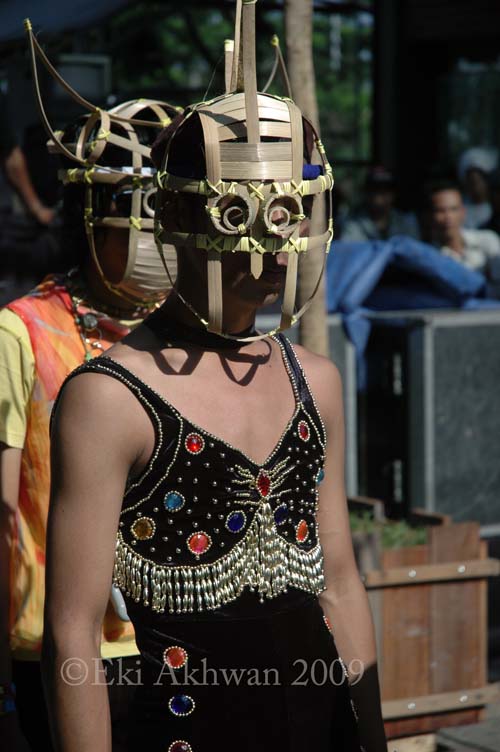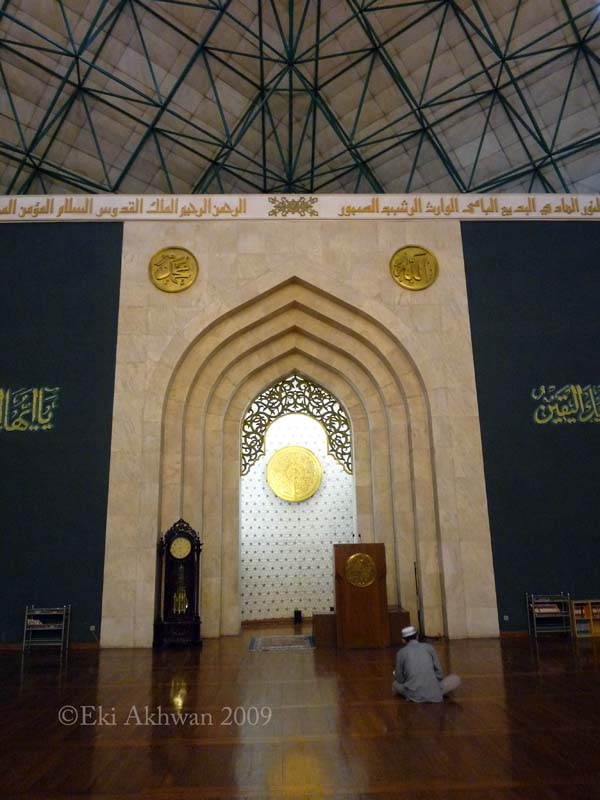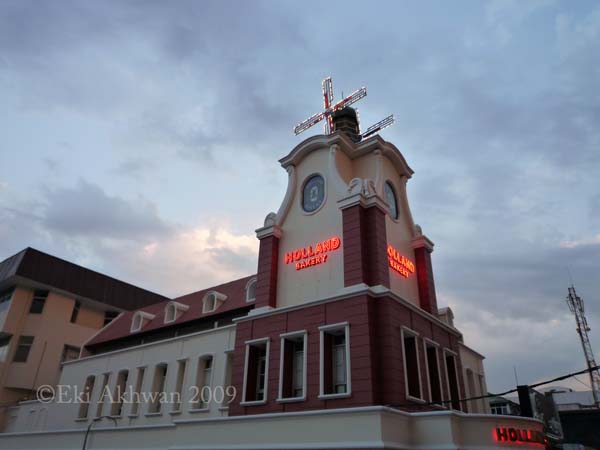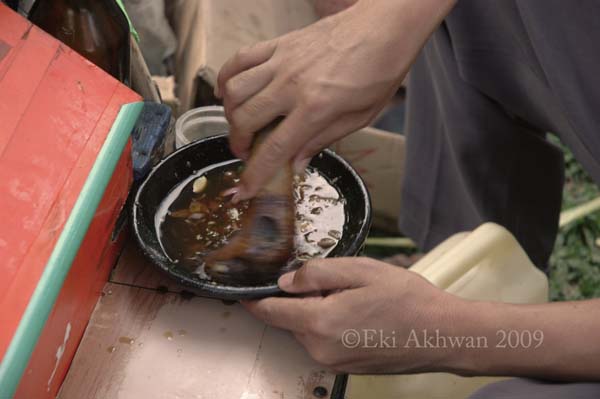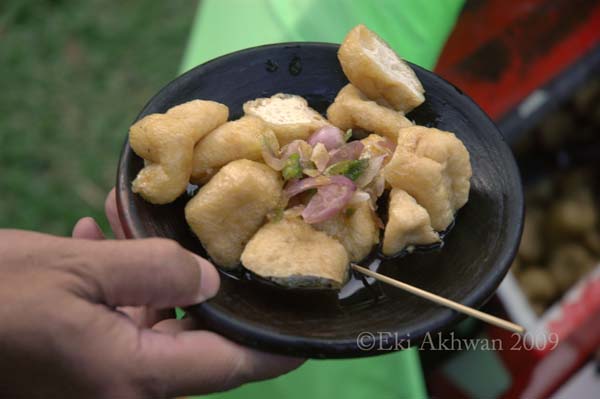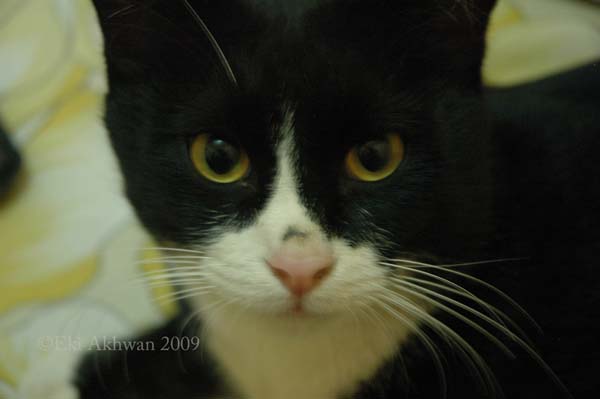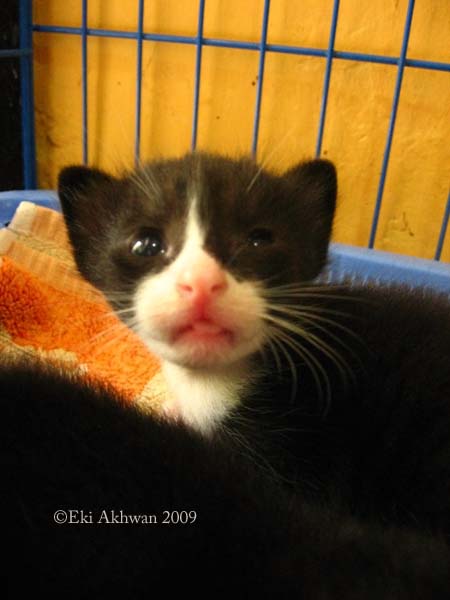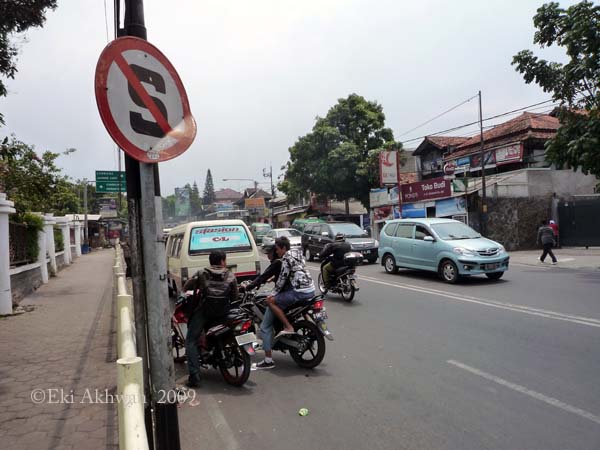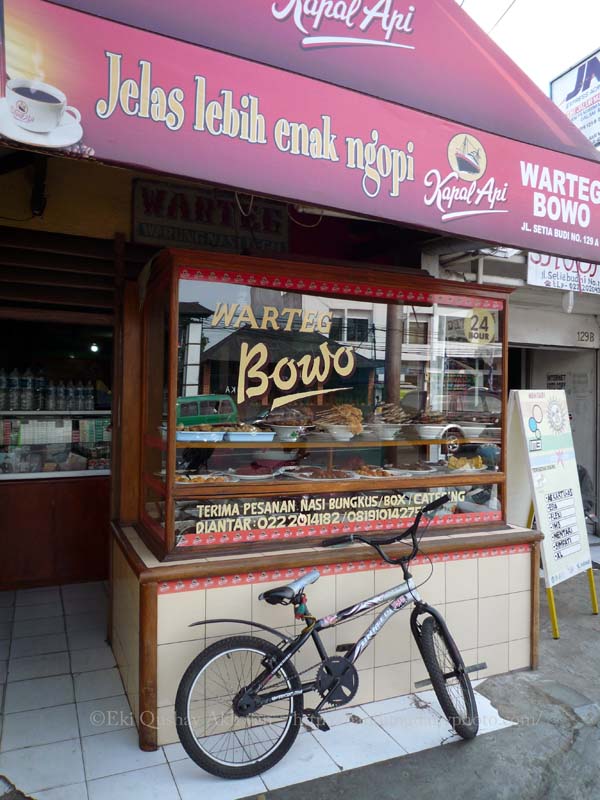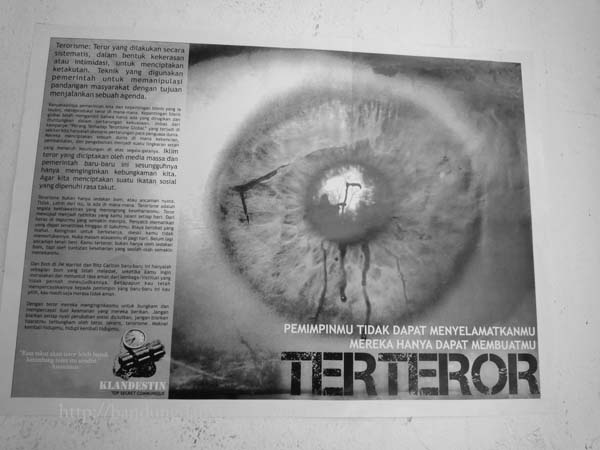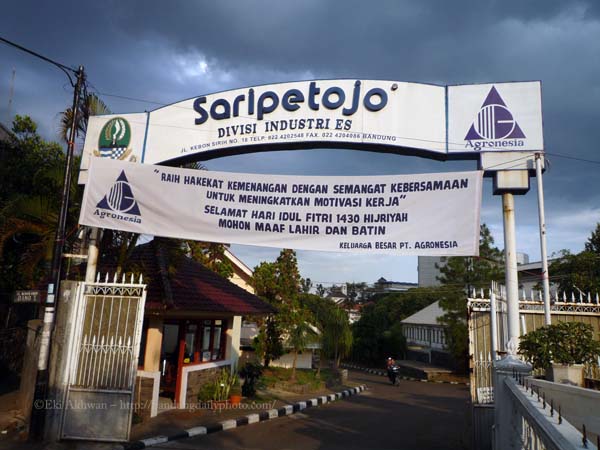
 Festival Kemilau Nusantara 2009 (literally: the glitter of the Indonesian archipelago fest 2009) was opened today by the governor of West Java Province Ahmad Heryawan (the man in the middle in the inset photo) this morning.
Festival Kemilau Nusantara 2009 (literally: the glitter of the Indonesian archipelago fest 2009) was opened today by the governor of West Java Province Ahmad Heryawan (the man in the middle in the inset photo) this morning.The festival is an annual event whose purpose are, among others, to showcase the Indonesian rich cultural heritage and to promote tourism. This year the representatives of 14 (out of total 33) Indonesian provinces and 18 cities and regencies in West Java take part in the festival.
To encourage quality documentation of the event, a photo contest was also held. A large number of photographers took part in the contest. I was one of them. For this reason, I will not be able to post my best shots because entries must have never been published prior to submission and judgement.
The top photo here is of some dancers waiting for the opening ceremony at the back stage. I'll post some more photos and stories about the fest tomorrow.
